Common name(s): wild strawberry, wood strawberry, alpine strawberry.
Scientific name: Fragaria vesca.
Family: Rosaceae.
Origin: native.
Flowering season: April to July.
Habitat: hedgerows, grassland, limestone banks, chalk downland, woodland, scrub.
Sweet in both flower and in taste, wild strawberries flourish on woodland edges and in hedgerows. Spot them in bloom in spring and in fruit in summer.
Common name(s): wild strawberry, wood strawberry, alpine strawberry.
Scientific name: Fragaria vesca.
Family: Rosaceae.
Origin: native.
Flowering season: April to July.
Habitat: hedgerows, grassland, limestone banks, chalk downland, woodland, scrub.
Wild strawberry is a perennial herb which can grow up to 30cm tall. It’s a hardy little plant which enjoys growing in dry, stony, lime-rich soils. Look out for it in sun-dappled and shady spots.
Flowers: bloom from April to July. They’re small and white with five rounded petals and a yellow centre.
Leaves: glossy green, three-lobed leaves with hairy surfaces and toothed edges.
Fruit: appears from June. The bright red berries have a seeded surface and look like tiny versions of commercial strawberries, measuring around 1cm.
Not to be confused with: wild raspberry (Rubus idaeus) or barren strawberry (Potentilla sterilis).
Wild raspberry has compound leaves with five to seven serrated leaflets, and small pink fruits which look like tiny versions of commercial raspberries.
Barren strawberry only produces tiny, inedible green fruits. Its flower petals have large spaces between them and a notch at each tip, whereas wild strawberry petals are uniformly round. The leaves of barren strawberry are also duller and less shiny than those of wild strawberry.
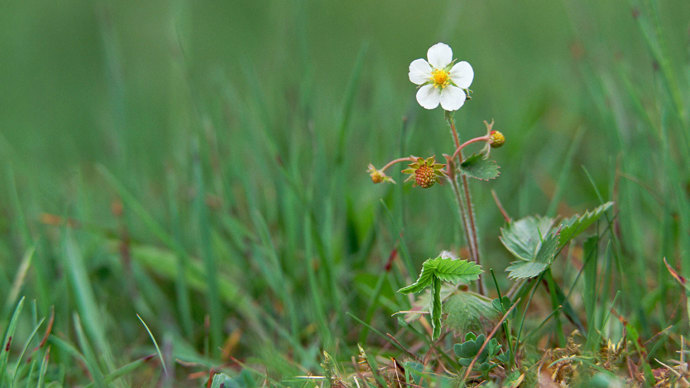
Credit: Geoff Scott Simpson / naturepl.com
Wild strawberry grows across the UK, though it’s rarer in the north of Scotland. You’re most likely to find it growing in lime-rich soils. Its preferred habitat tends to be at the base of hedgerows and in unimproved meadows, but it can be found in shady woodlands too.
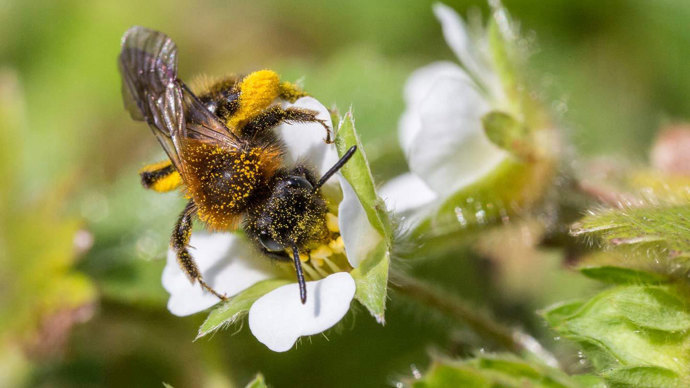
Credit: Phil Savoie / naturepl.com
Animals including slugs, mice and birds eat the fruits, and bumblebees, solitary bees and hoverflies drink from the flowers. Wild strawberry is also a larval foodplant for the caterpillars of the declining grizzled skipper butterfly, and the strawberry tortrix moth.
William Morris, the 19th century artist and textile designer associated with the Arts and Crafts movement, celebrated the wild strawberry in his famous Strawberry Thief pattern.
In Norse mythology, wild strawberry is associated with Freyja, the goddess of witchcraft, death, love and fertility. In Roman mythology, it’s symbolic of the goddess Venus.
The Potawatomi people of the Great Plains of America refer to the strawberry as the ode min – the heart berry – the leader of the berries and the first to bear fruit.
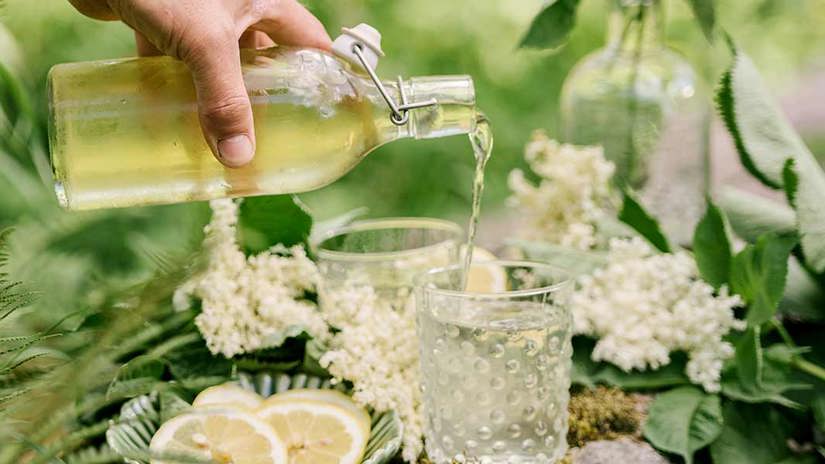
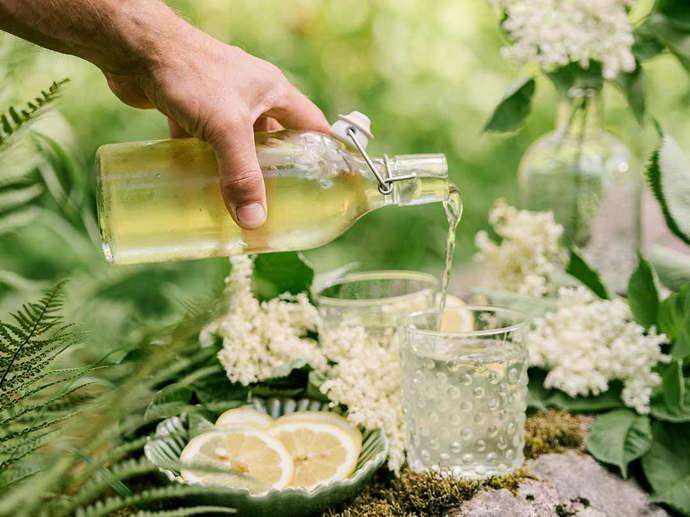
Foraging for wild food connects us with nature and gives us a reason to get adventurous in the kitchen! See our year-round guide to sustainable foraging: what's in season and how to prepare and eat it.
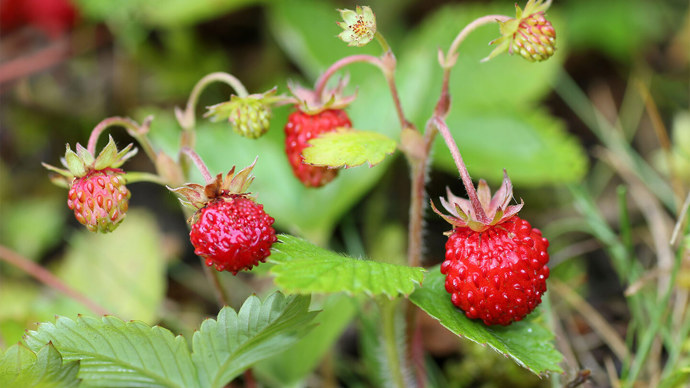
Credit: Sarah Jane Blackbird / Alamy Stock Photo
Historically, young girls in Cornwall rubbed wild strawberry leaves on their faces to improve their complexion. The plant was also used in traditional remedies as a laxative and diuretic.
Nowadays, the edible wild strawberry fruits are popular with foragers, though their flavour can be hit and miss. One fruit could release a delicious flavour hit while another may be tasteless. You also won’t find many fruits per plant, so they aren’t really suitable for large recipes like jams or pies. Wild strawberry is better eaten as a sweet snack during a stroll if there’s enough for wildlife too. If you’re in doubt, check our responsible foraging guidelines.
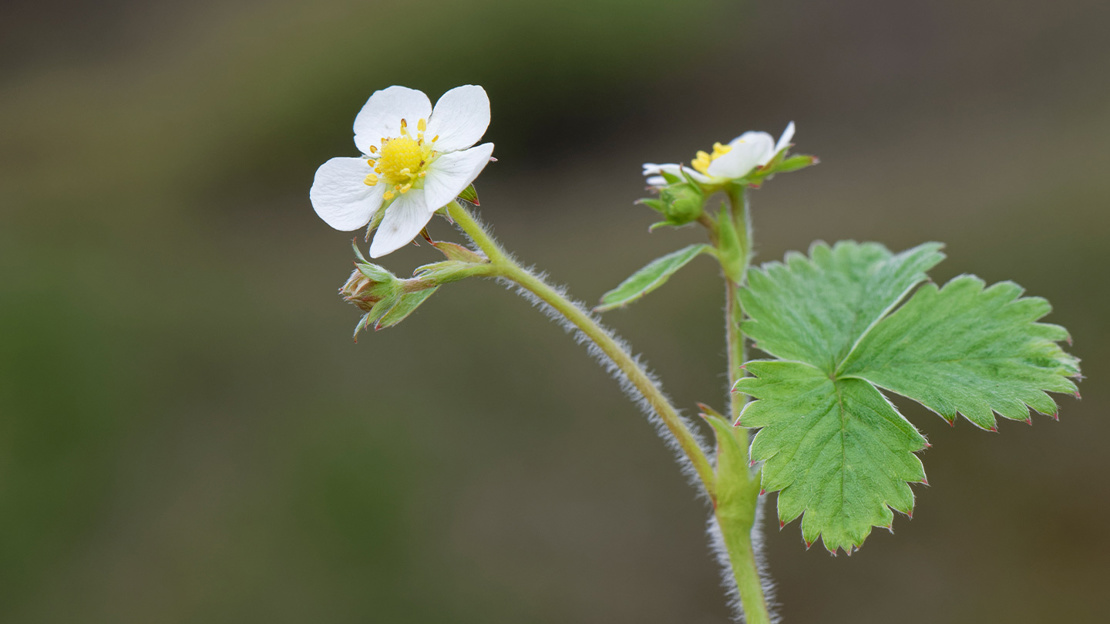
Sadly, wild strawberry is now classed as near threatened in England due to the rapid loss of unimproved wildflower meadows since the 1930s. In fact, 97% have disappeared due to changes in countryside management such as the loss of traditional grazing regimes, increased use of fertilisers and the switch from hay cutting to silage harvesting.
Discover wildflowers when you're out and about with your mini pocket guide to the UK's common woodland plants.
Visit our shop